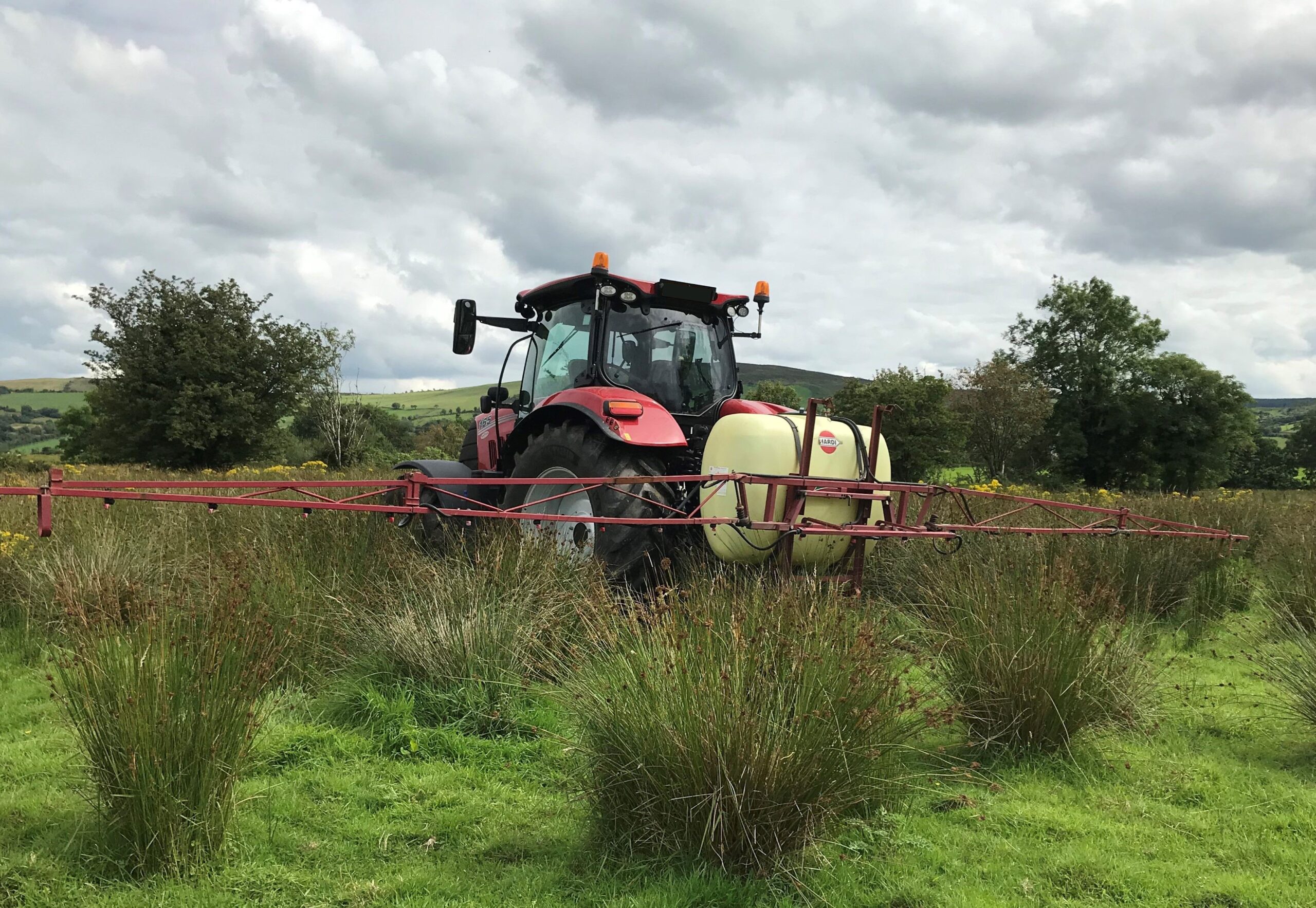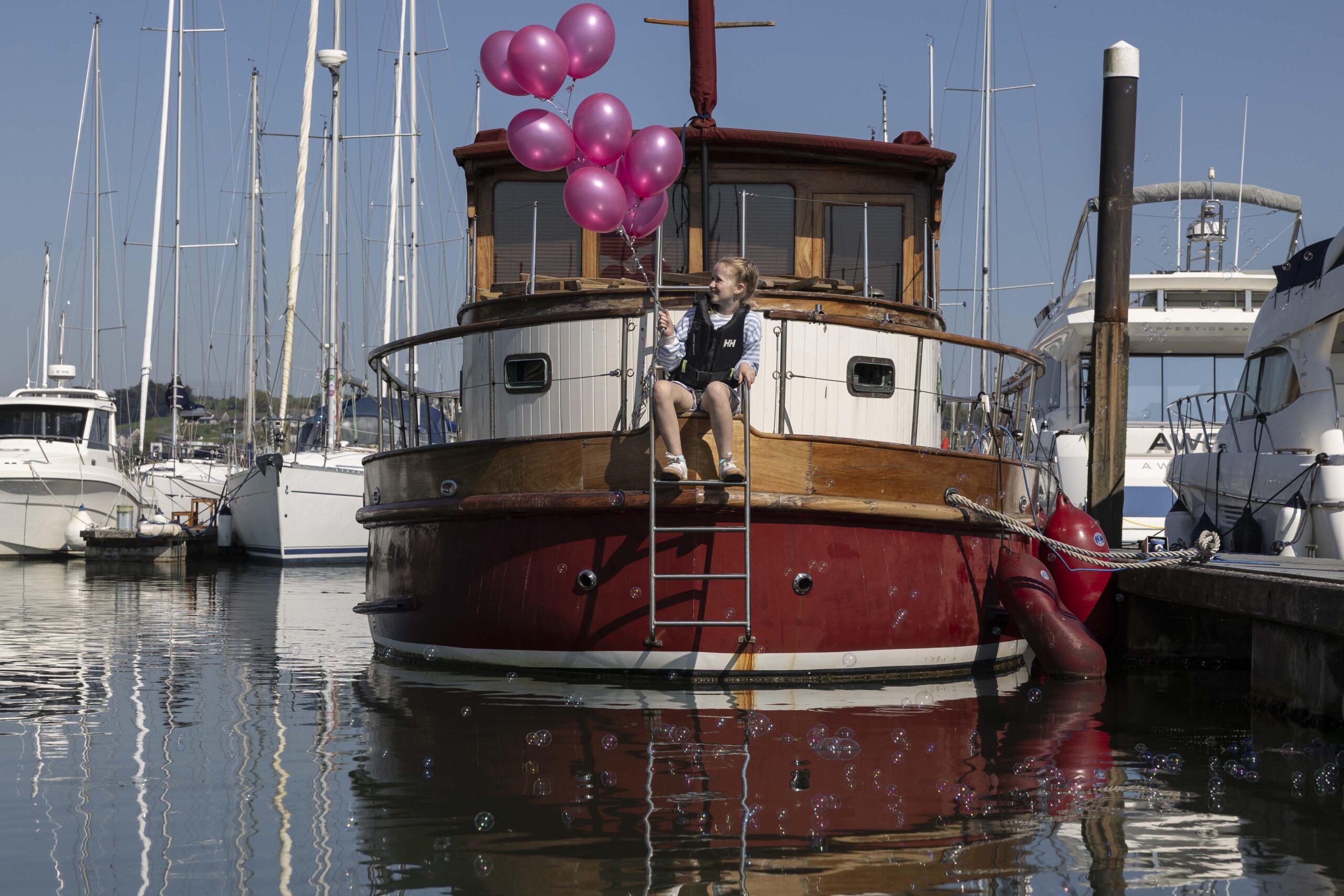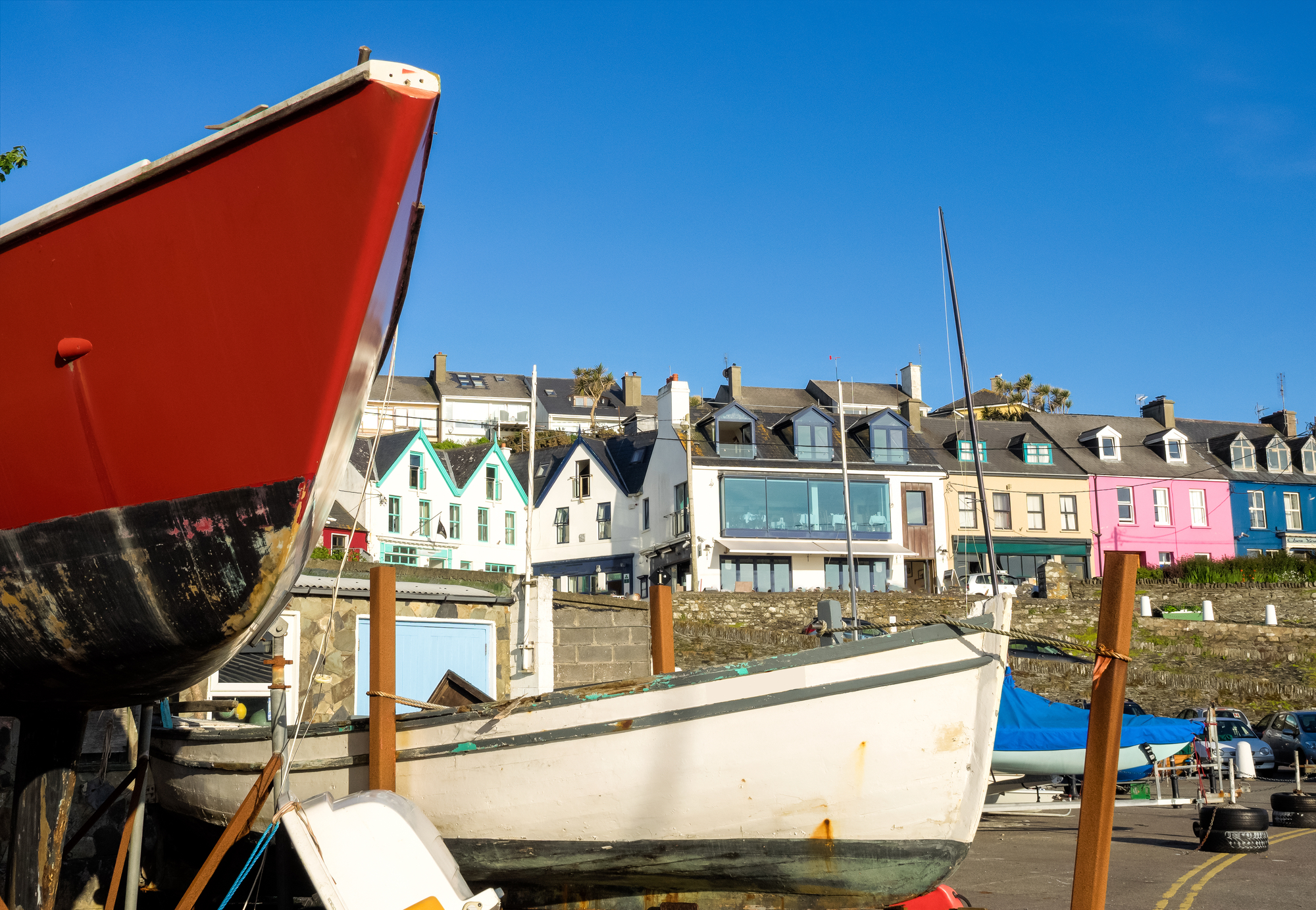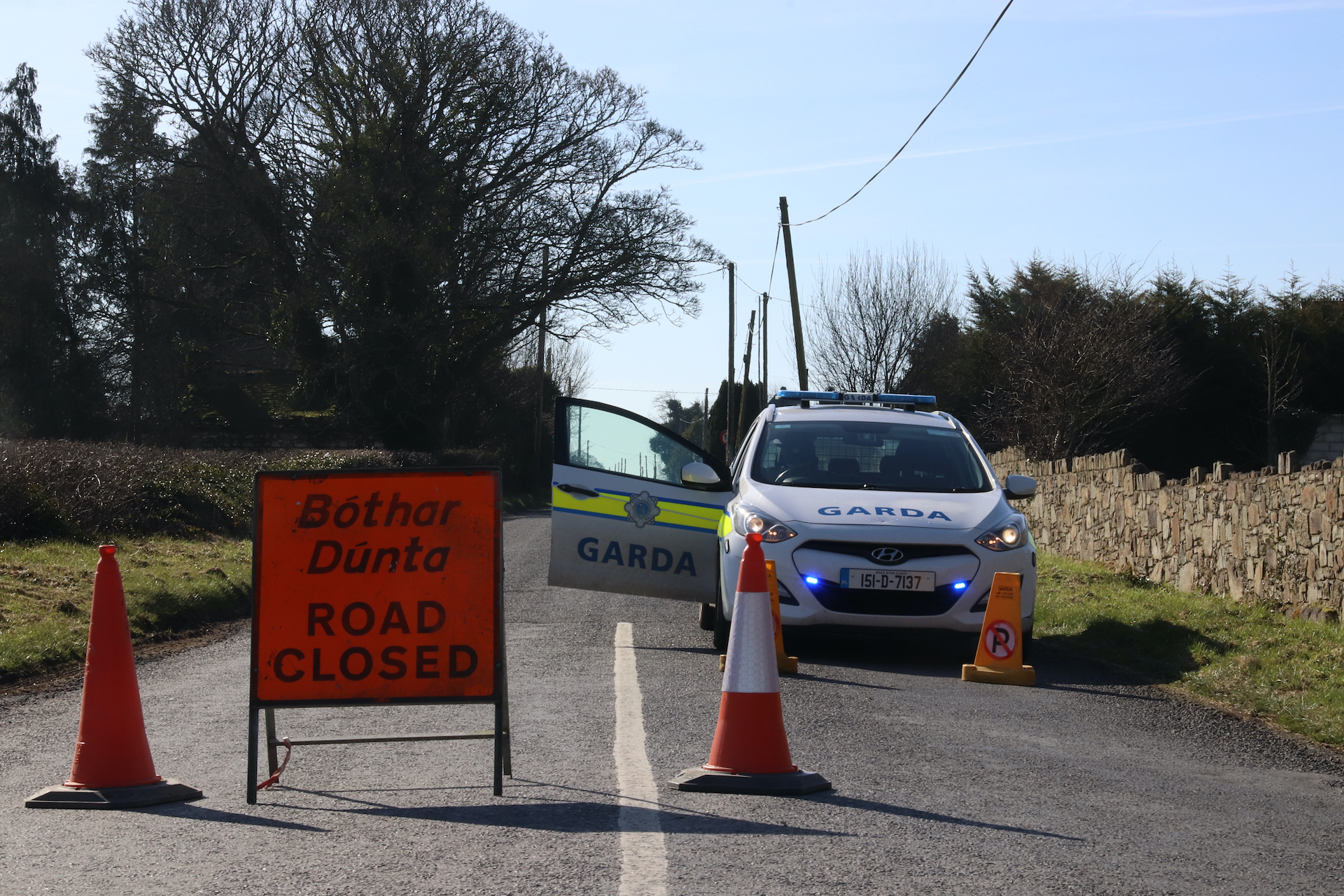Pesticide Exceedances in Irish Drinking Water Decrease by 50% Since 2017
Pesticide levels in Irish drinking water down 50% since 2017, but slight rise last year prompts calls for continued vigilance.

Despite significant improvements in water quality across Ireland since 2017, Uisce Éireann's monitoring programme detected a slight increase in pesticide exceedances in public drinking water supplies last year. The national water utility found 66 exceedances in 2024 from over 34,000 analyses, compared to 52 in 2023.
While County Cork maintains a high overall compliance rate, authorities stress the importance of continued vigilance. The county recorded two exceedances in 2024, specifically in the Mallow and Midleton water supplies.
Dr Pat O'Sullivan, Uisce Éireann's Drinking Water Compliance Senior Manager, noted a concerning trend of exceedances occurring outside normal spraying seasons, particularly during winter months.
"We would like to remind users to be mindful of water sources when using pesticides as one drop of pesticides can be detected in a stream up to 30 km away," he cautioned.
The National Pesticides and Drinking Water Action Group (NPDWAG) has identified several priority catchment areas requiring targeted action in 2025, including Hacketstown (Co. Carlow), Greenmount (Co. Louth) and Foynes Shannon Estuary (Co. Limerick). Similar focused initiatives have previously eliminated pesticide exceedances in Belturbet (Co. Cavan) and Newport (Co. Mayo).
NPDWAG Chair Dr Aidan Moody emphasised the need for integrated pest management approaches, where alternative control methods are fully considered before applying pesticides.
"We all have a part to play in protecting drinking water quality," Dr Moody stated, adding that following best practices when pesticide use is unavoidable creates "a win-win for water quality and biodiversity."
Authorities stress that the detected pesticide levels do not pose health risks to consumers. The World Health Organisation has set an allowable lifetime health-based limit for MCPA, the most commonly detected pesticide in Irish drinking water, at 7,000 times above the regulatory limit for drinking water supplies.
Farmers dealing with rushes are directed to follow Department of Agriculture, Food and Marine guidance on sustainable management, which aims to minimise pesticide use through containment or suppression strategies.
For pesticide users, key recommendations include careful adherence to product labels, avoiding application when rain is forecast within 48 hours, maintaining appropriate buffer zones near water sources, and proper storage and disposal of products and containers.
Uisce Éireann has launched a pilot study in Cavan's Erne-Larah catchment to gather data on how different protection measures can improve water quality, with more information available at water.ie/projects/national-projects/erne-larah/.



